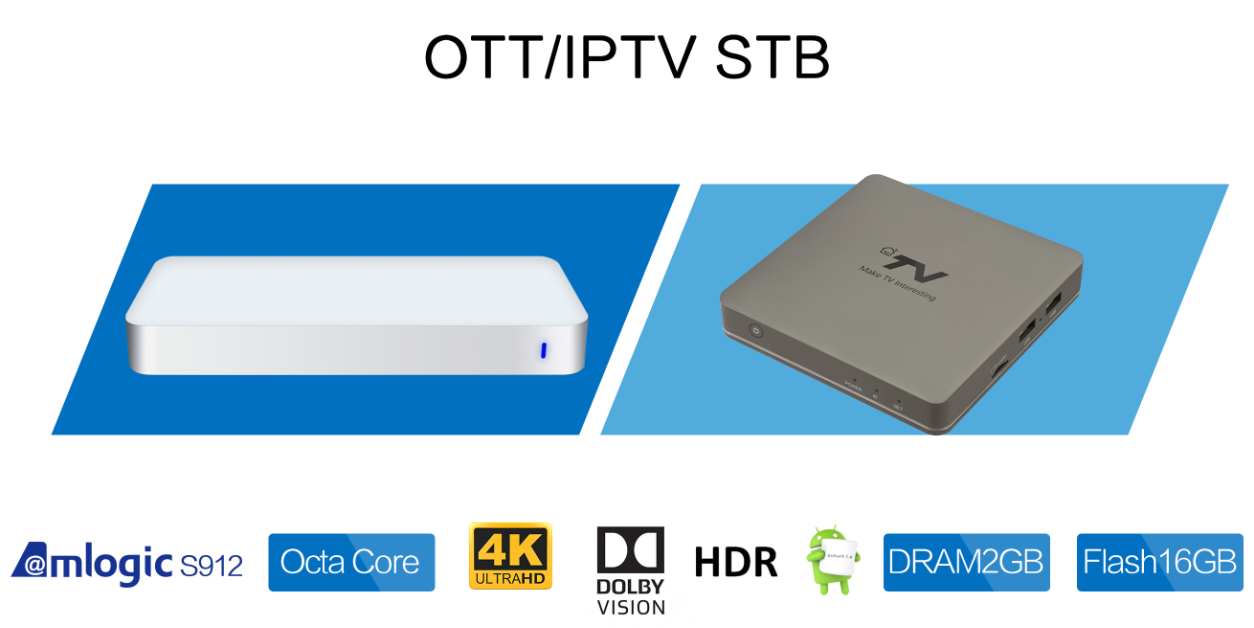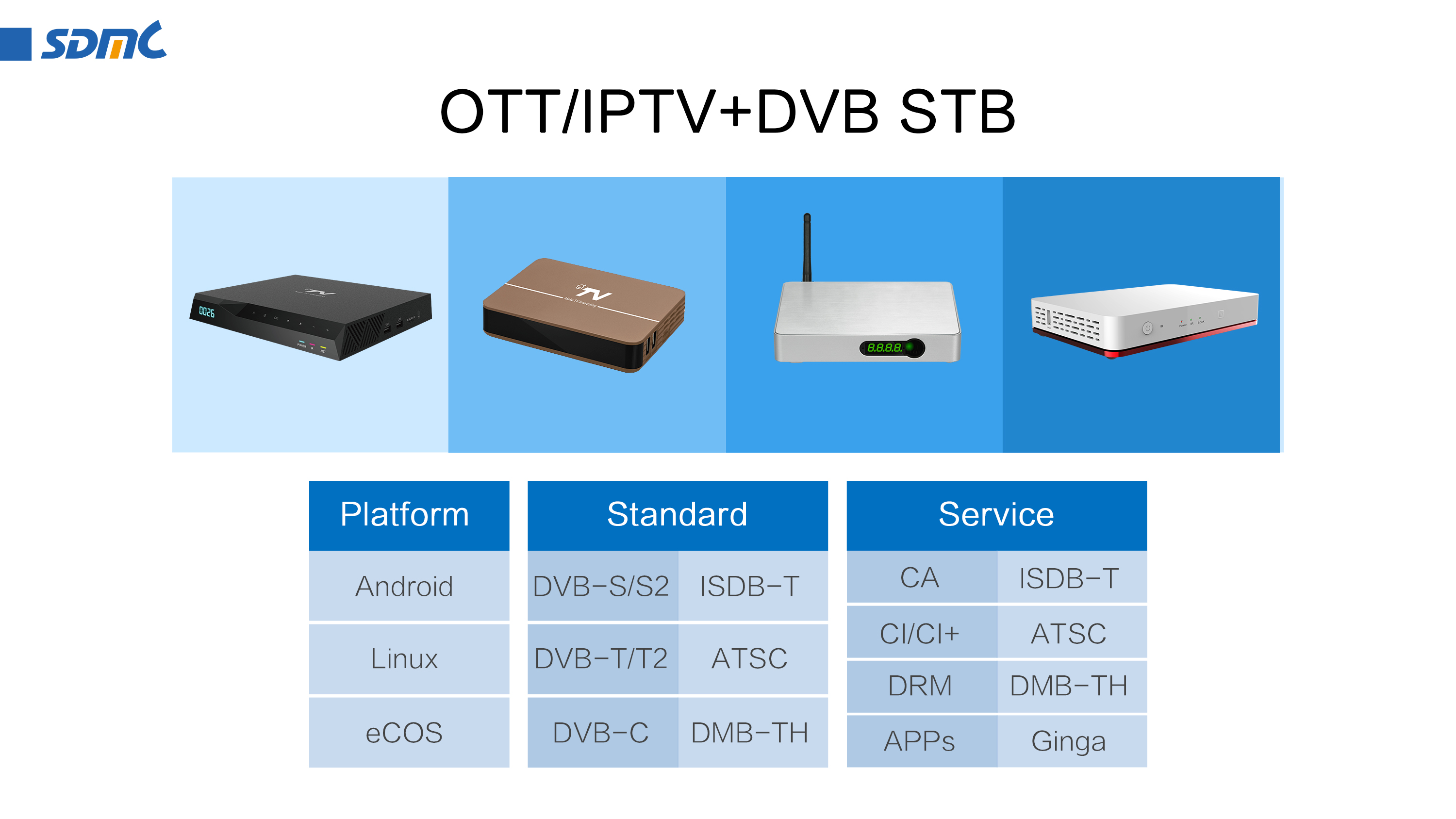| Comparison Category | OTT ( Over the Top) | IPTV ( Internet Protocol TV) |
| Content Delivery |
Uses open internet, un-managed network. Open ecosystem |
Uses dedicated, managed network. Walled garden ecosystem |
| Network Type |
Delivered from content provider / aggregator to the viewer using open network. Usage of CDN |
Closed, proprietary network, accessed via a specific internet service provider |
| Network Relationship |
Without the need for intervening carriage negotiations, or infrastructure investments |
Services are delivered on optimized and custom high bandwidth network |
| Service Examples |
Popular Video on Demand services like YouTube, Netflix, Amazon LoveFilm, Hulu, Sky Go, BBC iPlayer etc. |
IPTV services like U-Verse (AT&T), Prism TV (CenturyLink) |
| Delivery Protocol |
Delivered over HTTP / TCP, a connected transport protocol. Movement towards adaptive streaming technologies HLS (Apple), Smooth Streaming (MS) and HDS (Adobe) |
IPTV uses Transport Stream (TS) transmission technology. Uses RTP (Real time protocol) over UDP, a connectionless protocol |
| Content Catalog |
Widely used for freemium and economical subscription VOD |
Used primarily for premium VOD and real time content delivery like broadcast TV |
| Routing Topology |
Unicast (HTTP), Simulated Multicast (UDP/TCP) |
Multicast. Initial unicast burst during channel change leading to Multicast join |
| Service Category | Complementary Service |
Main service, similar to Satellite/ Cable TV services |
| Major Platform Players |
OVP (Online Video Platforms) like Kaltura, Brightcove, CDN Players like Akamai, L3, Limelight, Cloud Service Providers like Amazon |
TSP ( Telecom Service Providers) and IPTV platform vendors - Microsoft Mediaroom ( now Ericsson), ALU, Cisco |
| Key Benefits |
Low cost, flexible model, Easy to manage and operate |
High quality of service and quality of experience. Monitoring and control, interactive services |


©2003-2025 SDMC Technology Co., Ltd